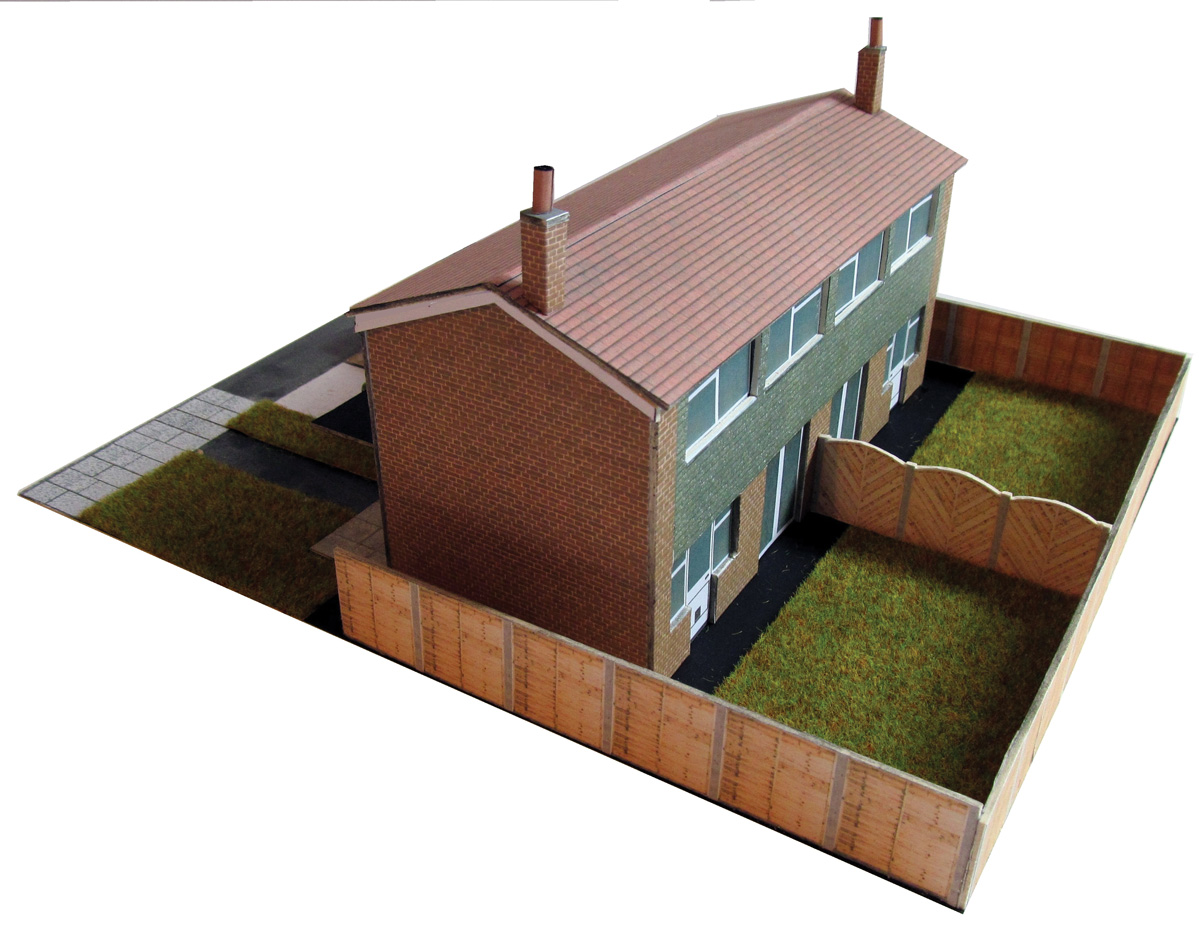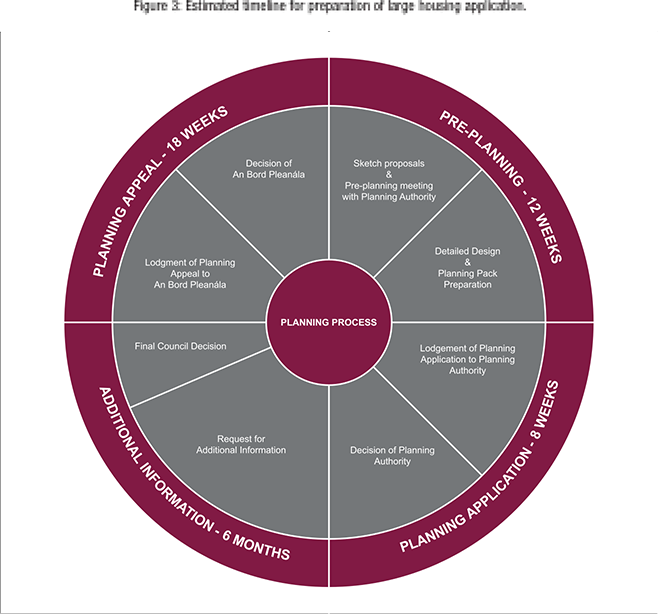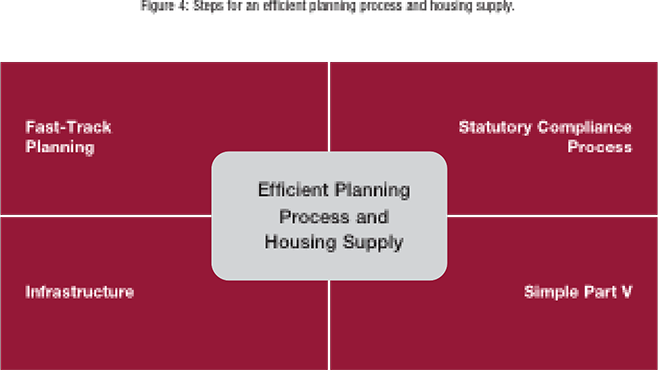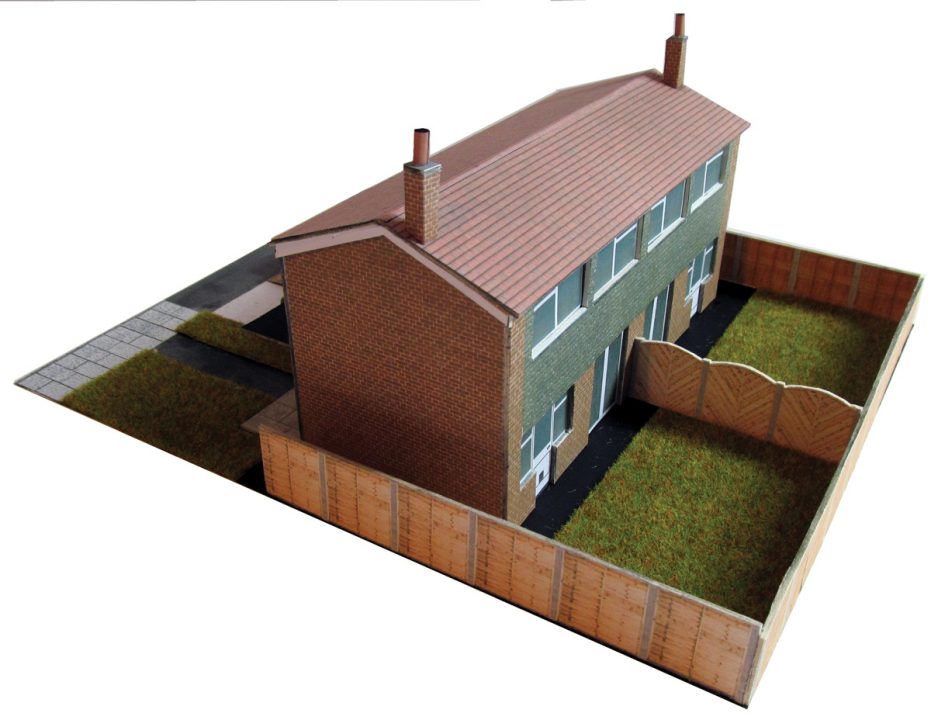
Rebuilding Ireland review
19th July 2017
Calls for establishment of one-stop-shop to support housing associations
19th July 2017Ireland’s exploding housing emergency

Ireland is currently in the middle of a housing emergency with increasing demand for housing and growing levels of homelessness. It is a critical issue for the Government. The big question is how did it happen and how can it be resolved.
The reason for this significant demand for housing can be traced back to the end of the Celtic Tiger and the subsequent property and economic crash of 2007-2013. At the height of the Celtic Tiger, in excess of 90,000 dwelling units were constructed in 2006. However, housing output effectively ceased during the recession with little housing being built, other than rural one-off houses. In comparison to 2006, just 11,000 dwellings were constructed in 2014. This dramatic reduction in housing output has had a serious impact on the provision of social housing as well as private accommodation with many potential first time buyers being unable to get onto the property ladder (evidenced by increased percentage of dwellings being rented as opposed to owner-occupied). A national housing emergency and crisis is now in full swing, which is being exacerbated by an increasing population and employment, especially within the Greater Dublin Area.


Ireland’s housing stock now stands at 2,003,645 units (Census 2016). In order to overcome the exploding demand for housing and to solve the housing crisis, it is now critical that we match the State’s population growth with housing supply. Traditionally, this ratio stood at close to 3:2 and would be an acceptable ratio after the current housing crisis has been resolved. However, it currently stands at an unsustainable ratio of 20:1 over the last five years. Not only is it important that there is a sustainable increase in housing output that caters for the existing pent-up demand, but also enough to cater for the long term needs of the future population growth. In this regard, supply must be demand-led and not supply-led, i.e. the right type of housing must be provided at the right locations.
The issues paper for the National Planning Framework (NPF) predicts that the State’s population will grow to at least 5.4 million persons and will require at least 25,000 new homes to be constructed each year. However, Downey Planning and Architecture predict that this figure will be on the low-side and will not meet the real demand for housing when factors such as obsolescence and rising headship (smaller households) are taken into account. It is anticipated that a figure of 45,000 units per annum is more realistic to resolve the current crisis.
While the need to provide additional dwelling units is undeniable, there is a clear need to improve the efficiency with which new dwellings can be provided and to reduce the uncertainty around planning that causes difficulties for potential investors and lending institutions. Many large-scale planning applications can take up to 18 months to progress from inception through to a final grant of permission.

The Government’s strategy ‘Rebuilding Ireland’ has earmarked a number of initiatives and there have been many changes to the Planning and Development Act that are intended to increase output for both social and private housing. Such measures include the change to Part Five, infrastructure funding to facilitate housing, vacant site levy and the new fast-track planning system for Strategic Housing Developments (100+ units or 200+ student accommodation), which would require qualifying applications to be processed by An Bord Pleanála directly with a statutory timeframe of 16 weeks. Another area that should be considered to speed up housing output would be for a statutory decision period being attached to planning compliances as these often cause delays at construction stage as well as difficulties for developers to obtain the necessary finance to complete developments.
John Downey MIPI MRTPI, is a Chartered Town Planner with over 20 years’ experience both in Ireland and the United Kingdom working in private planning consultancies and local government. He is the Managing Director of Downey Planning and Architecture and previously worked as a Senior Executive Planner with Fingal County Council. John is also currently the Chair of the Irish Branch of the Royal Town Planning Institute (RTPI) and is their representative on the European Council of Town Planners.
For more information please contact:
John Downey, Managing Director
W: www.downeyplanning.ie
T: 01 253 0220
E: john.downey@downeyplanning.ie





